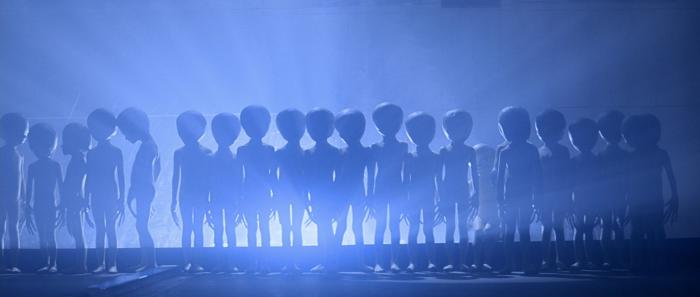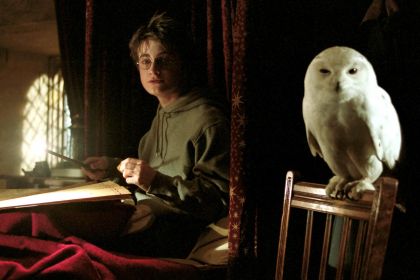FILM
Five tones of Spielberg's alien language

Close Encounters of the Third Kind—Steven Spielberg’s first and perhaps best attempt at sci-fi—was released in 1977 only a few months after Star Wars, signifying a new era of cinema driven by special effects that still defines Hollywood to this day.
Spielberg’s classic didn’t exactly spark a world-wide—and borderline religious—obsession the way Star Wars had, but the movie still established itself as one of the pillars of current pop culture. In other words, people are familiar with its most iconic themes even if they’ve never actually seen it.
The most iconic Close Encounters sequence is perhaps the five tones — a simple musical phrase used to converse with aliens. In the film’s climax, the alien mothership communicates through notes, lights, and color. It might as well be an IQ test for humanity as a species, assuming that the ability to create instruments and manipulate sounds suggests a certain level of intelligence, be it pattern recognition, basic mathematical conception, or environmental manipulation.

The communication begins with the scientists converting the electronic sounds they received in alien transmissions into musical tones—D, E, C, C, G—and playing it back via synthesizer with assigned light and color patterns.
The five-tone phrase spells out directly:
- Start with the tone. (Pinkish-red) - D
- Up a full tone. (Orange) - E
- Down a major third. (Purple) - C
- Down an octave. (Yellow) - C (an octave lower)
- Up a perfect fifth. (White) - G
This phrase transforms during the conversation, going through a number of variations, such as changing the register, octaves, and tone color. The scientists eventually realize that the ship is teaching them a basic tonal vocabulary. One of them concludes it might be an entrance exam of sorts, saying: “It’s the first day of school, fellas”.
Either by coincidence or not, the movie confirms the exam theory very early on, letting the audience know that the communication would be conducted with the help of the Kodaly system, a method devised by Hungarian composer Zoltan Kodaly to teach fundamentals of music to very young children.
Composer John Williams began working on the five-tone sequence in solfege scale a year before the shooting had kicked off. Even though Williams wanted a seven-note phrase, Spielberg considered it to be too long a simple greeting.

The composer initially sought the help of a mathematician to calculate the number of five-note combinations they could make from a 12-note chromatic scale, and when the number turned out to be somewhere around 134,000 combinations, Williams and Spielberg opted to work with only about 350 variations they’d had already come up with. They eventually decided on the phrase by listening to them one at a time.
According to Williams, he chose the five notes by ear and intuition, but the sequence draws incredible parallels with Richard Strauss’ Der Rosenkavalier and Franz Schubert’s Der Erlkönig, and even quotes the first four notes of the Gregorian chant Dies Irae during the moments of danger.
Referring to the day of wrath, the theme of Dies Irae has been a standard device to signify ominous events:
All of this could attest to either deliberate or accidental use of the existing musical partials from which many composers draw intuitively, “by ear,” or with conscious effort. For instance, the notes C, E, G form a tonic triad—the tonal foundation of any composition written in C major—that has appeared in thousands of known works, which explains its appearance here, even if it was accidental.
The use of music as a universal language makes complete sense since major and minor scales derive from universal acoustic principles. After all, a vibrating string in another galaxy would have the same harmonic partials as it does on Earth.
What starts with simple five tones ends in one of the most magnificent displays of color and music, suggesting that all it takes to connect is to speak and to listen.



